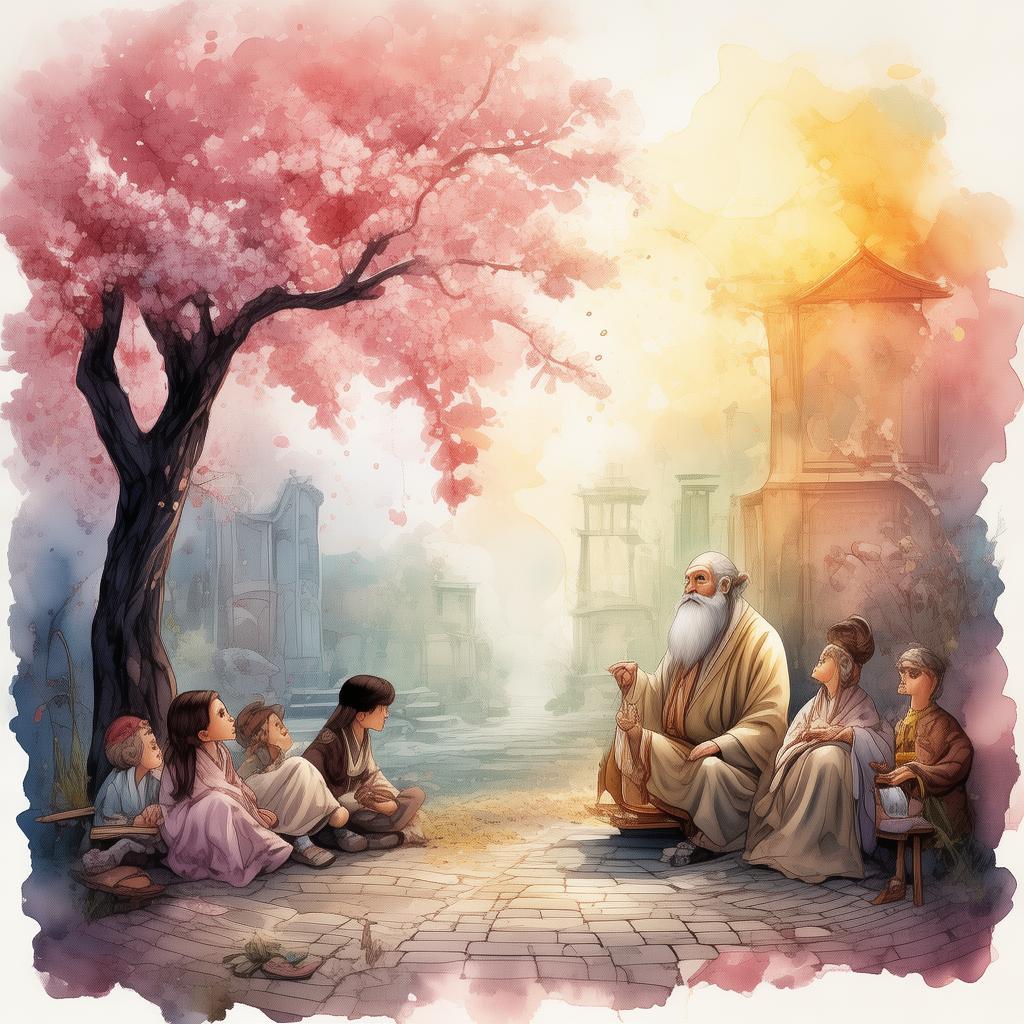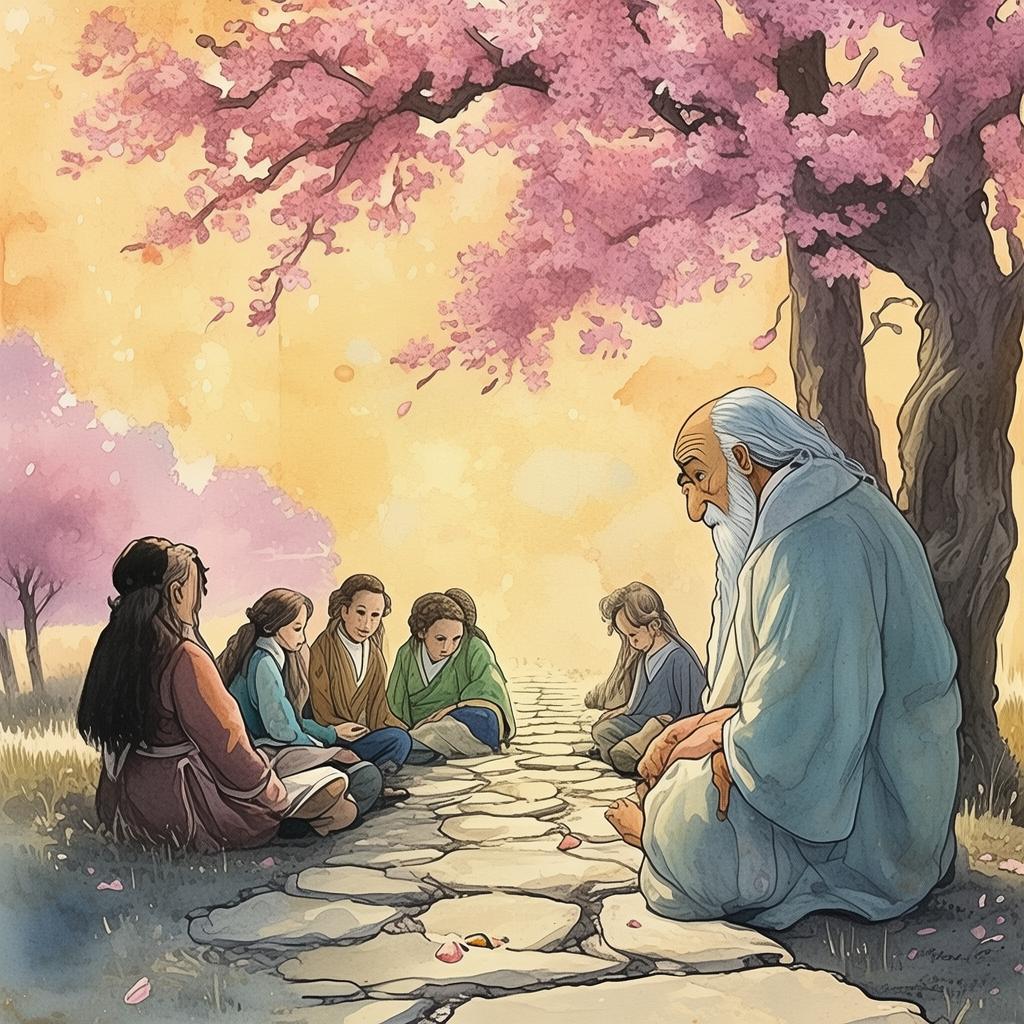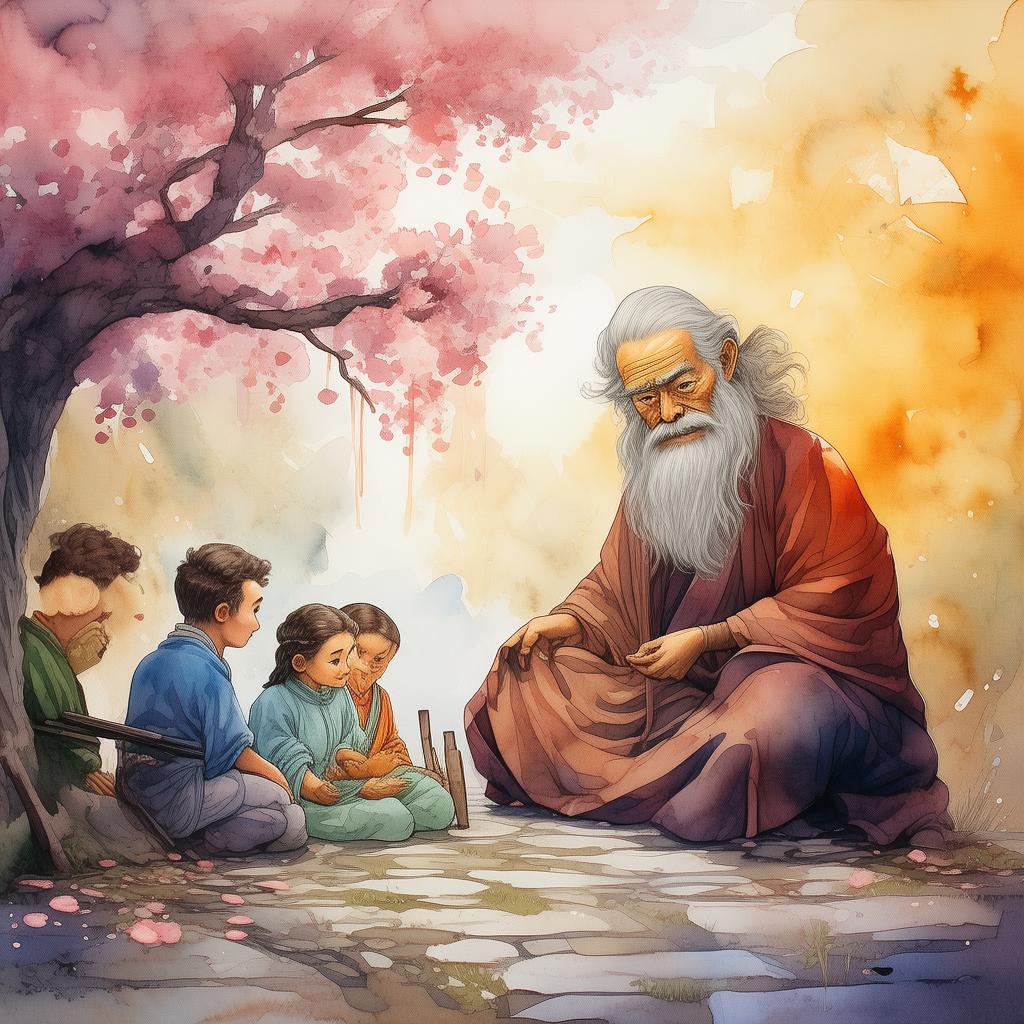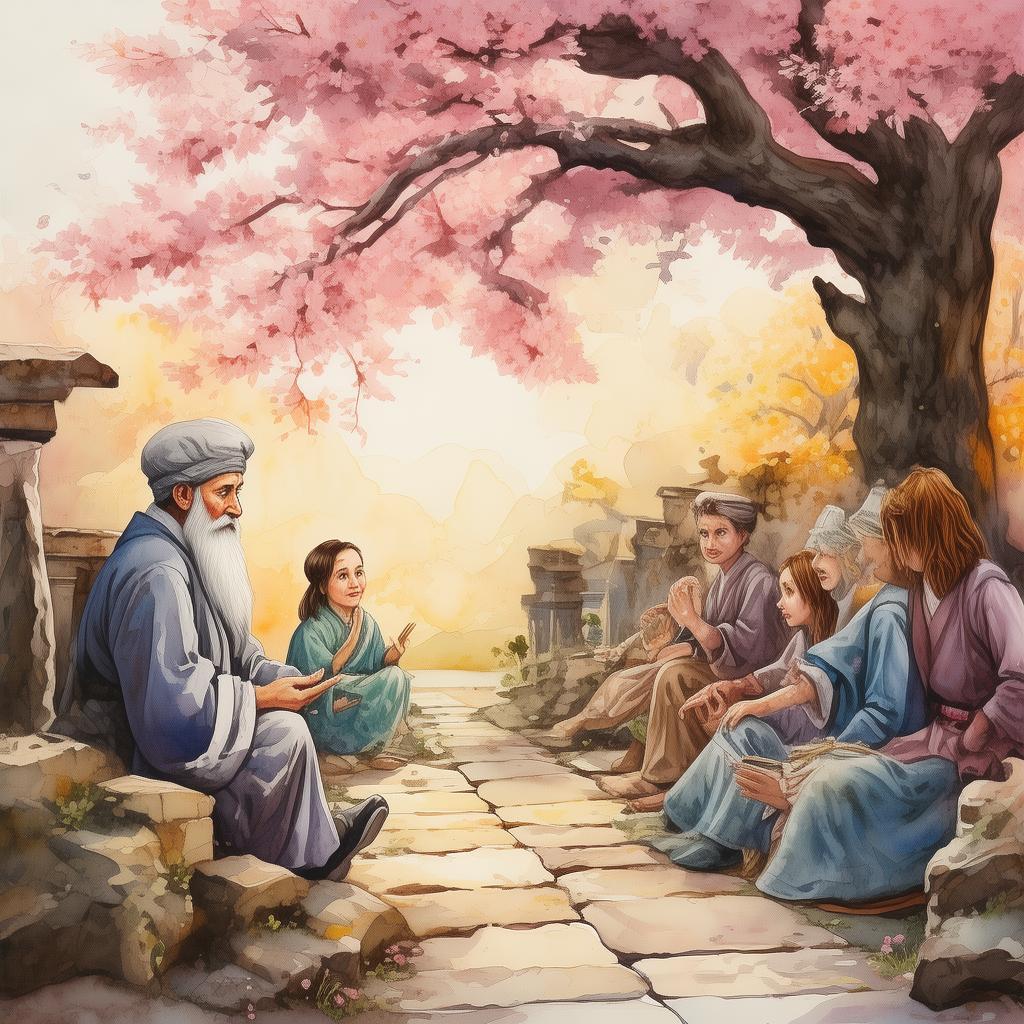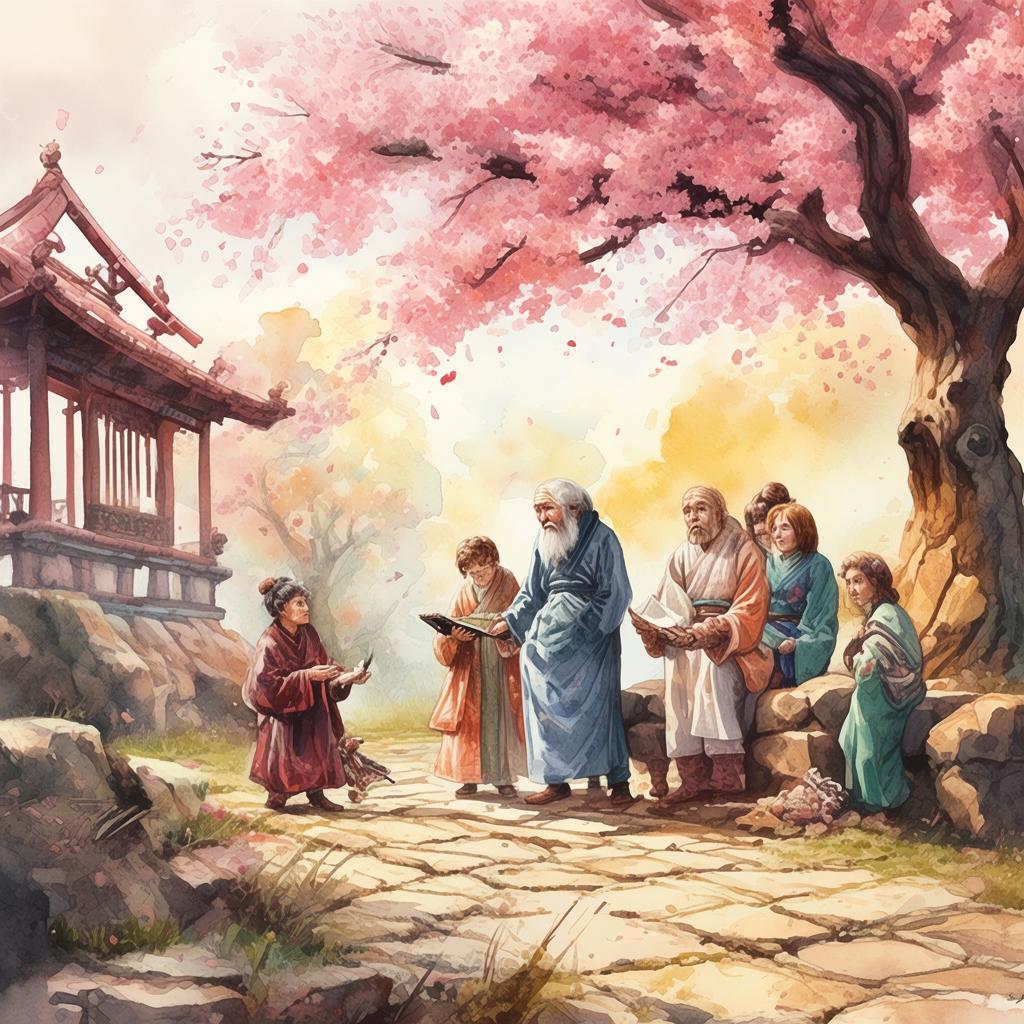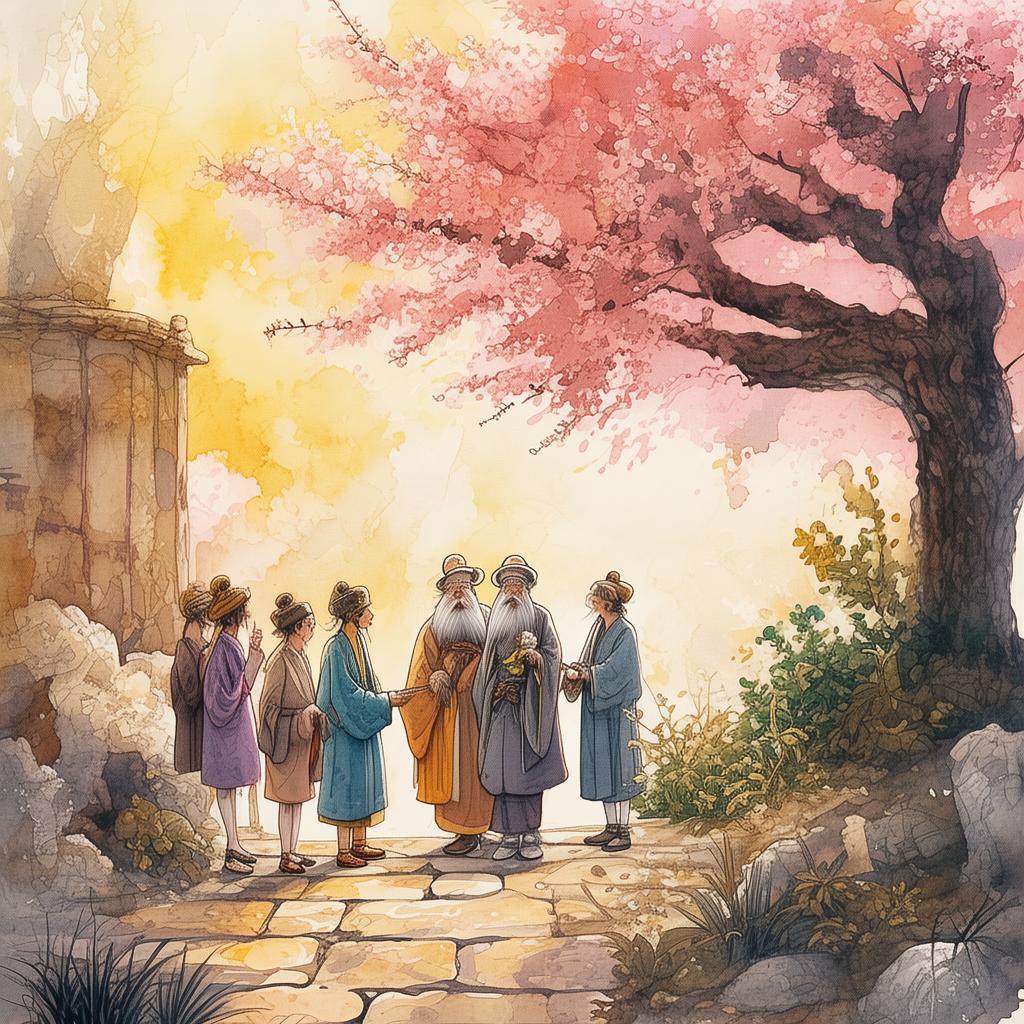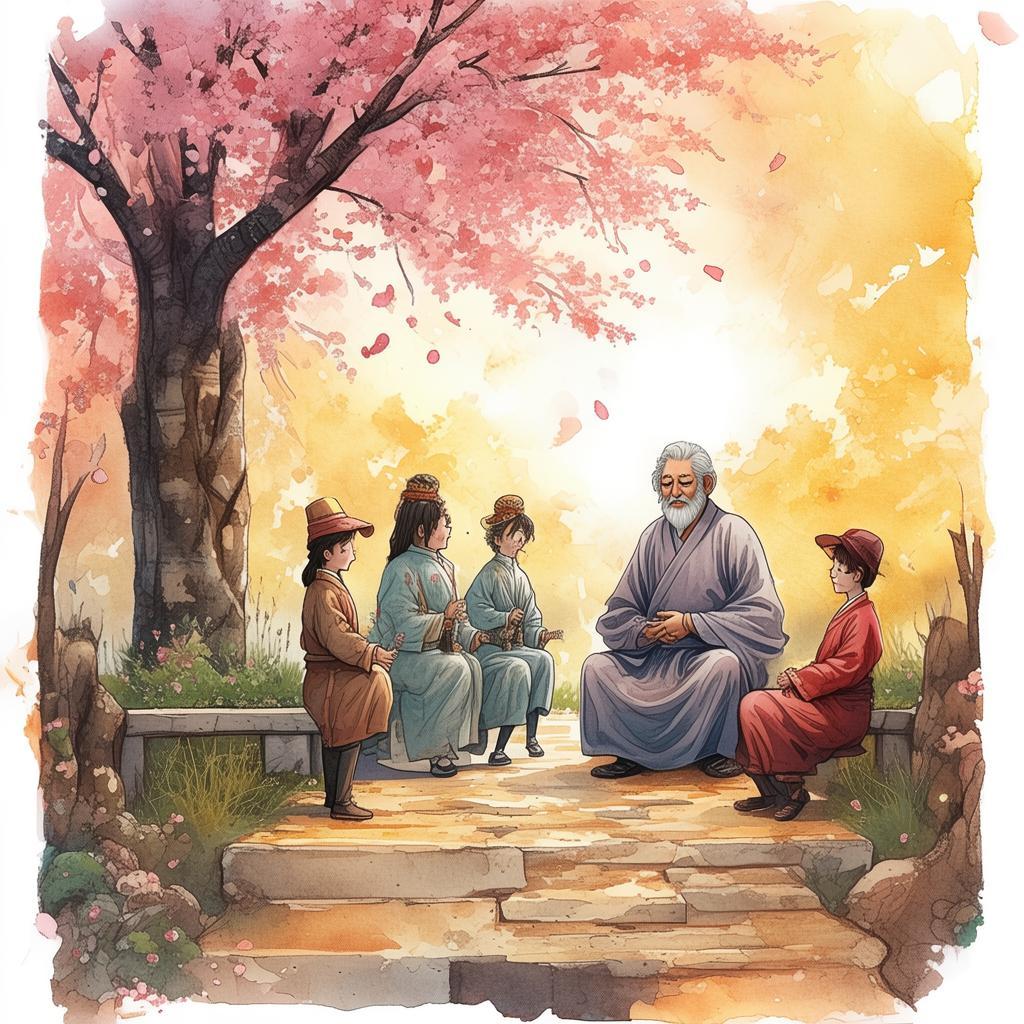Seeking Zenith: The Path of the Zen Master
In the serene mountains of ancient China, there lay a hidden temple known as the Zenith of Zen. It was a place where the essence of life was sought, and the path to enlightenment was trodden by few. Among the many who journeyed to this sacred ground was a young man named Ming, driven by a deep-seated desire to understand the nature of reality and to find joy in the present moment.
Ming had heard tales of the Zen Master, a wise sage who had reached the zenith of Zen and could impart the true nature of joy and enlightenment to those who were worthy. With a heart full of curiosity and a mind eager for knowledge, Ming set out on his journey.
The first trial he encountered was the "Path of Silence." As he walked, he was told by an old monk that the path was lined with distractions, and he must learn to silence his thoughts to truly hear the voice of the universe. Ming struggled, his mind racing with questions and doubts. But as he continued to walk, he began to notice the beauty of the world around him—the rustling leaves, the chirping of birds, the gentle breeze. Slowly, his thoughts subsided, and he found a sense of peace.
The next trial was the "Mountain of Emotions." Ming was instructed to climb the mountain, representing the climb through the valleys and peaks of human emotion. As he ascended, he encountered joy, sorrow, anger, and love. Each emotion was a lesson, teaching him about the impermanence of all things. He learned that by accepting and embracing his emotions, he could find a balance within himself.
At the summit, Ming met the Zen Master, an elderly man with a gentle smile and eyes that seemed to see through to the soul. The Zen Master spoke of the nature of enlightenment, explaining that it was not a destination but a continuous journey. "Enlightenment is the realization that you are already enlightened," he said. "It is the joy you find in every moment, in the present."
Ming listened intently, but he still felt a void within him. The Zen Master noticed this and asked, "What is it that you seek, Ming?"
"I seek joy," Ming replied, "but I feel it slipping through my fingers like sand."
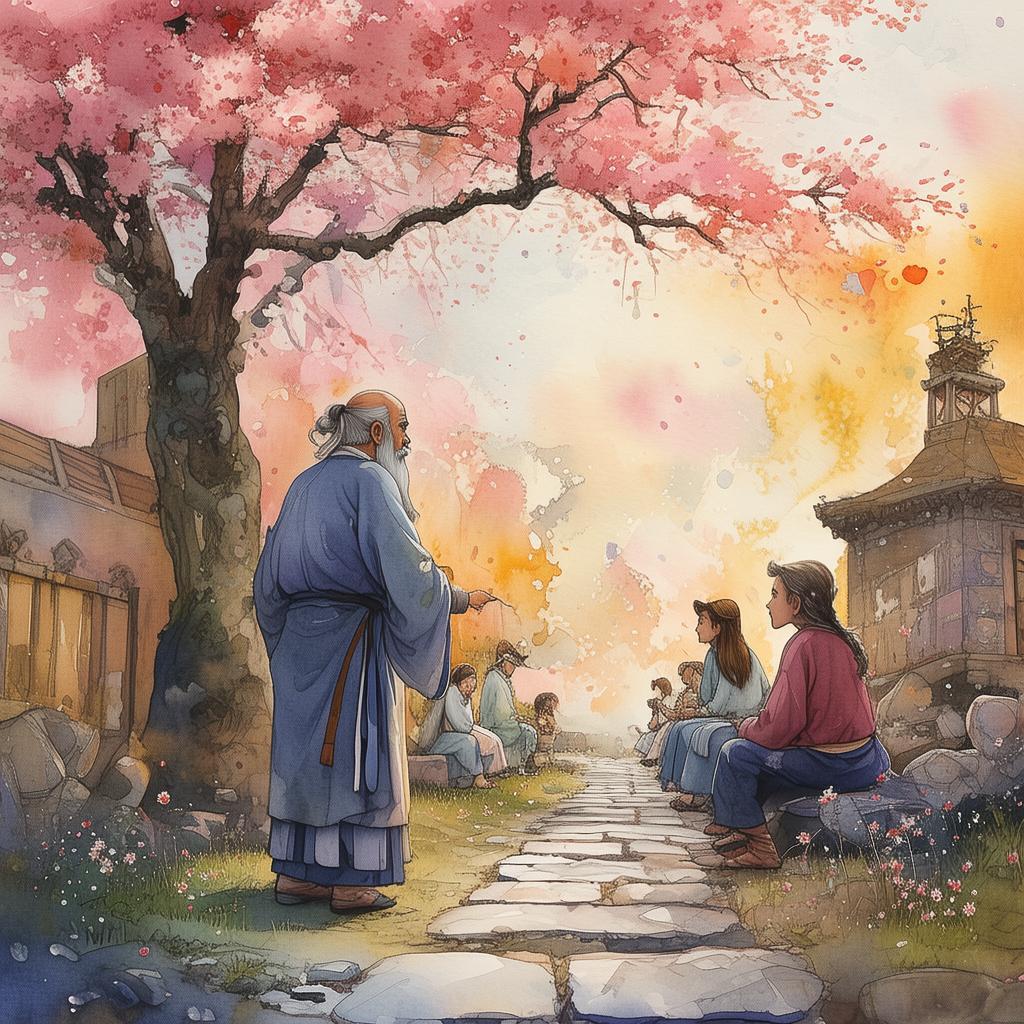
The Zen Master nodded, understanding the young man's struggle. "Joy is not something to be grasped, Ming. It is something to be experienced. It is the quiet moment of watching the sun rise, the warmth of a smile from a friend, the taste of a fresh meal. It is the appreciation of life's simple pleasures."
Ming's eyes widened as he realized the truth in the Zen Master's words. He began to see the joy in the mundane, in the simple acts of living. He learned to find peace in the present, to let go of the past, and to not worry about the future.
As Ming left the Zenith of Zen, he felt a profound sense of joy and enlightenment. He realized that the path to enlightenment was not about reaching a destination, but about the journey itself. It was about finding joy in the present, in the simple acts of living, and in the appreciation of the world around him.
And so, Ming returned to his village, not as a seeker, but as a finder. He shared his newfound wisdom with others, teaching them to find joy in the present, to embrace their emotions, and to appreciate the beauty of life.
The story of Ming spread far and wide, inspiring many to embark on their own journey of joyful enlightenment. And so, the Zenith of Zen continued to be a place of peace and enlightenment, where seekers found joy in the simple act of living, and where the path to enlightenment was a continuous journey of self-discovery and joy.
✨ Original Statement ✨
All articles published on this website (including but not limited to text, images, videos, and other content) are original or authorized for reposting and are protected by relevant laws. Without the explicit written permission of this website, no individual or organization may copy, modify, repost, or use the content for commercial purposes.
If you need to quote or cooperate, please contact this site for authorization. We reserve the right to pursue legal responsibility for any unauthorized use.
Hereby declared.
